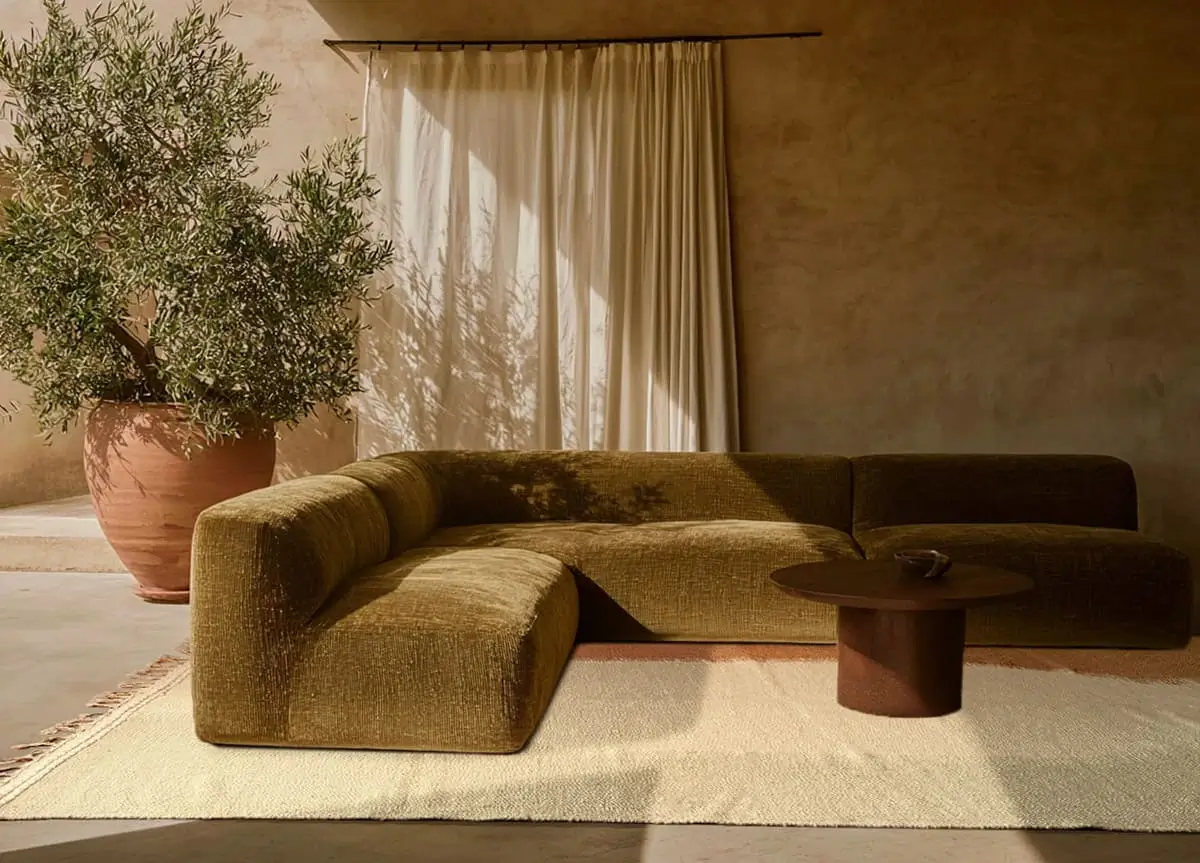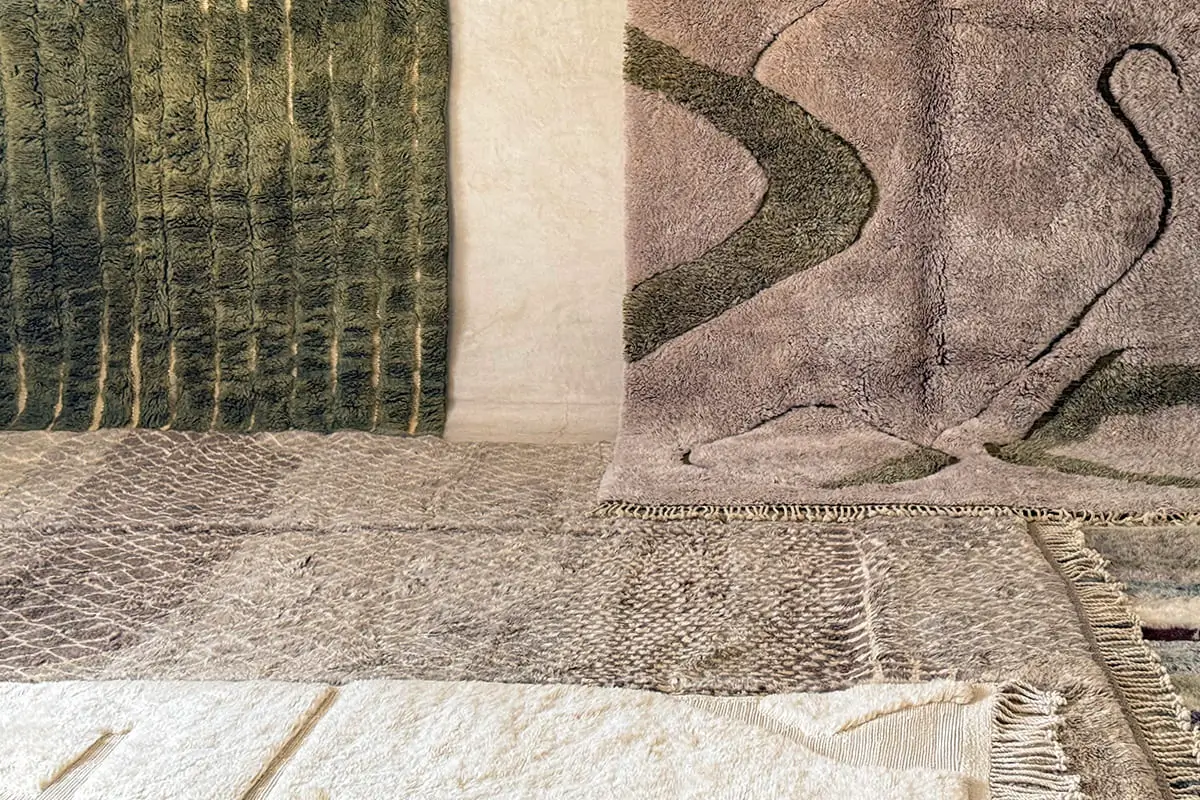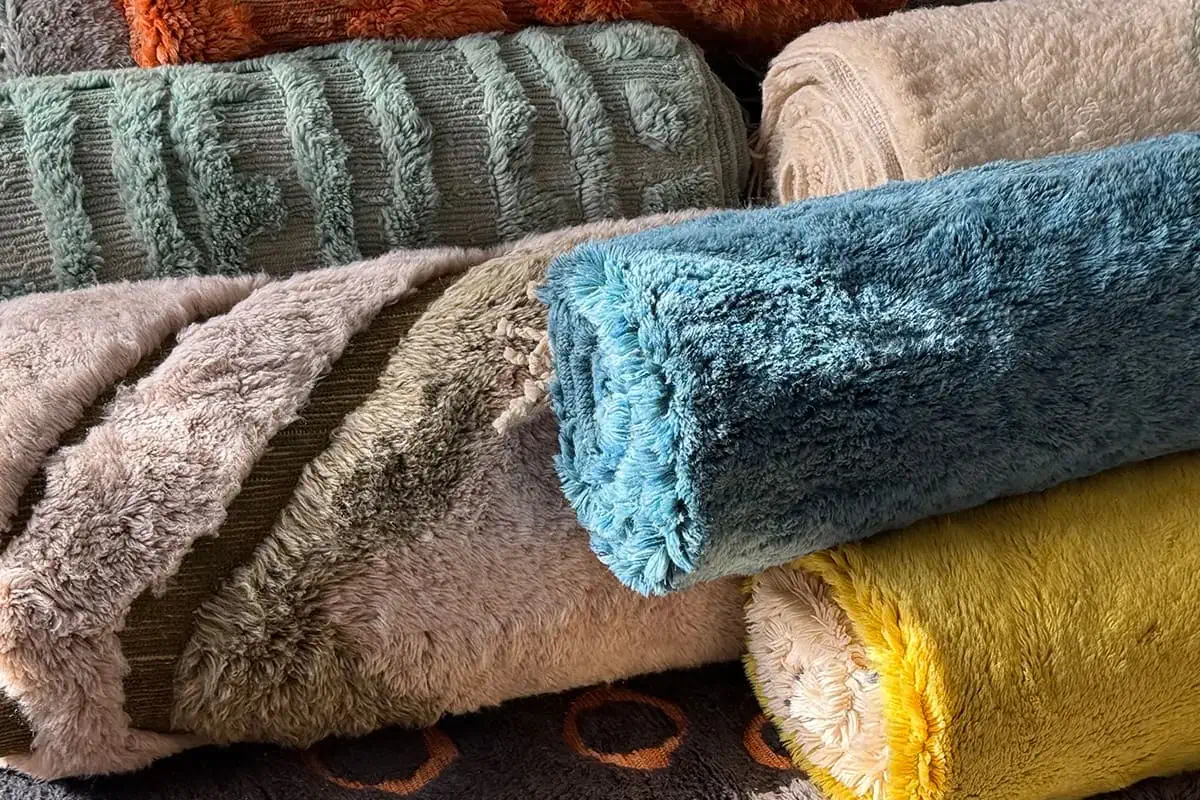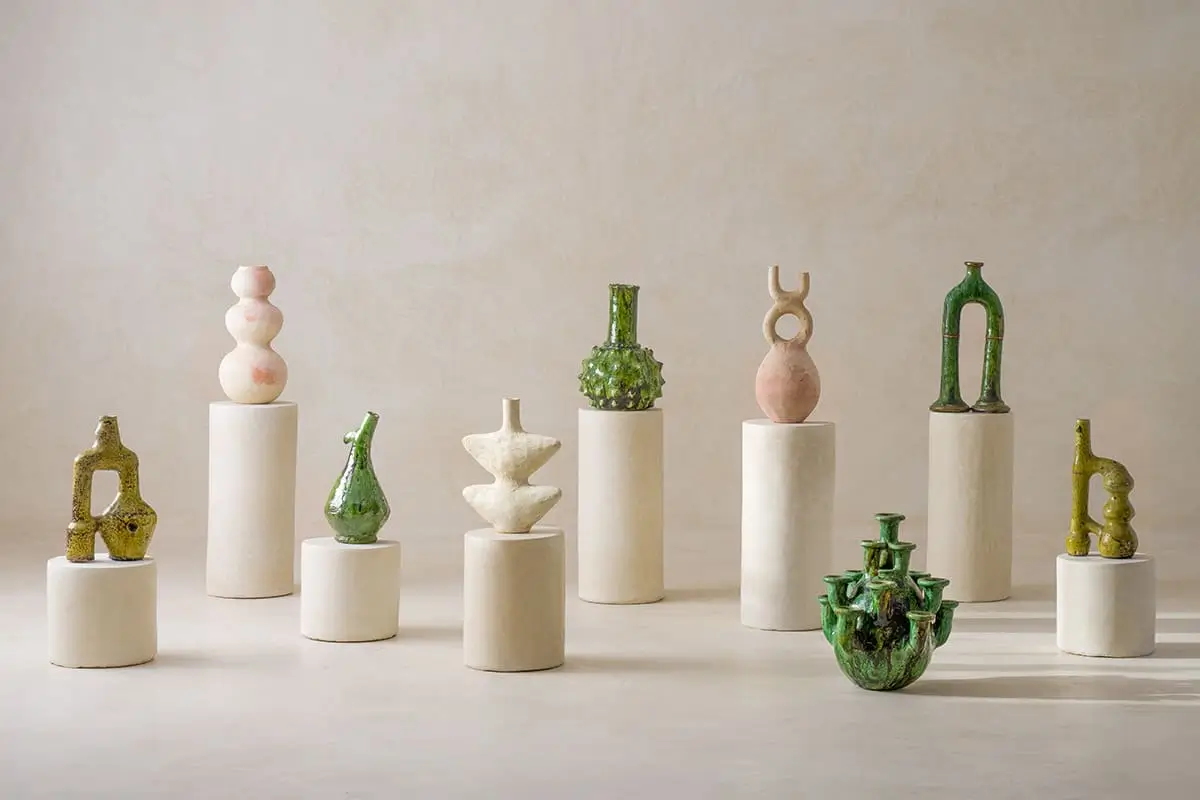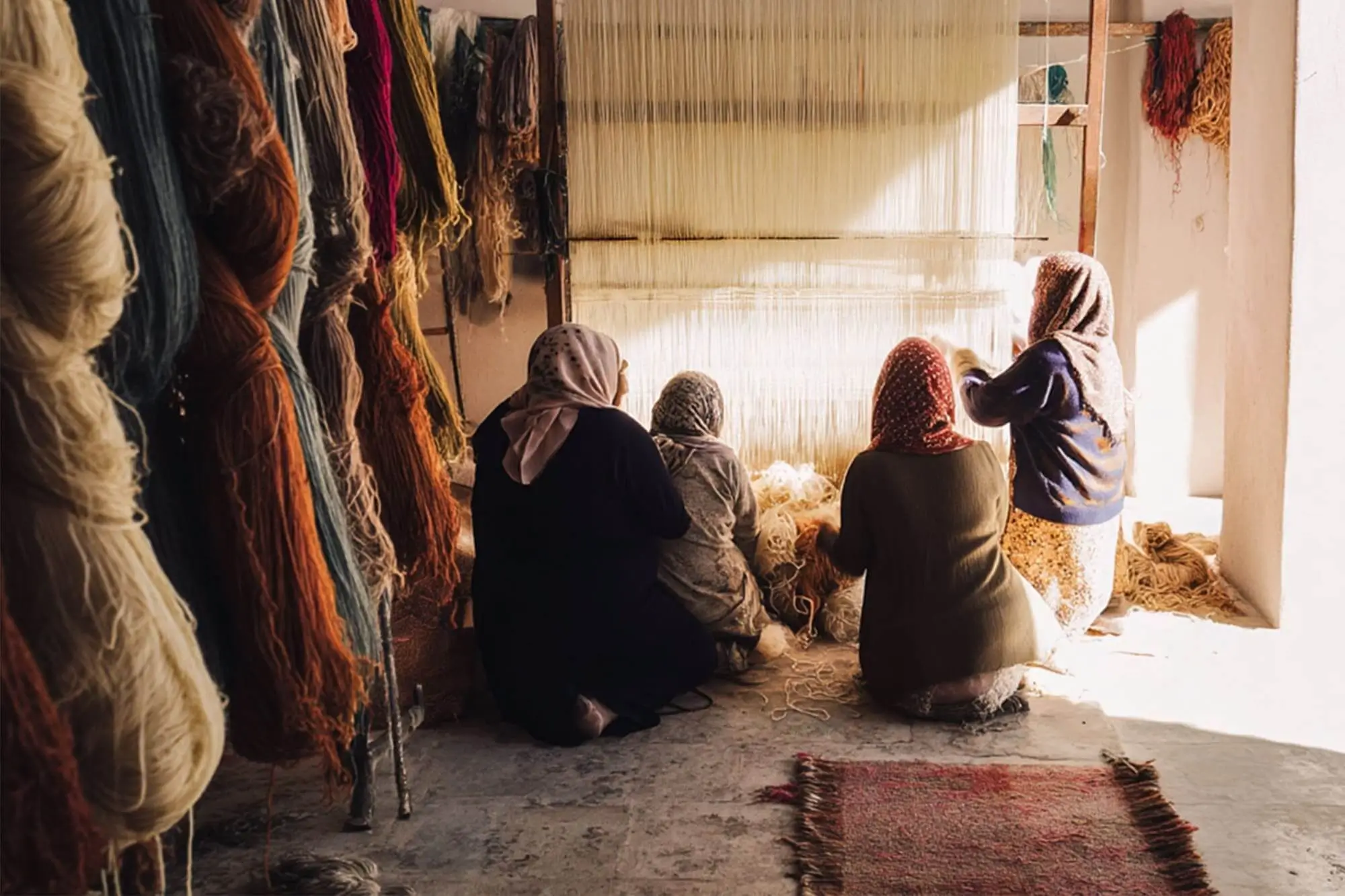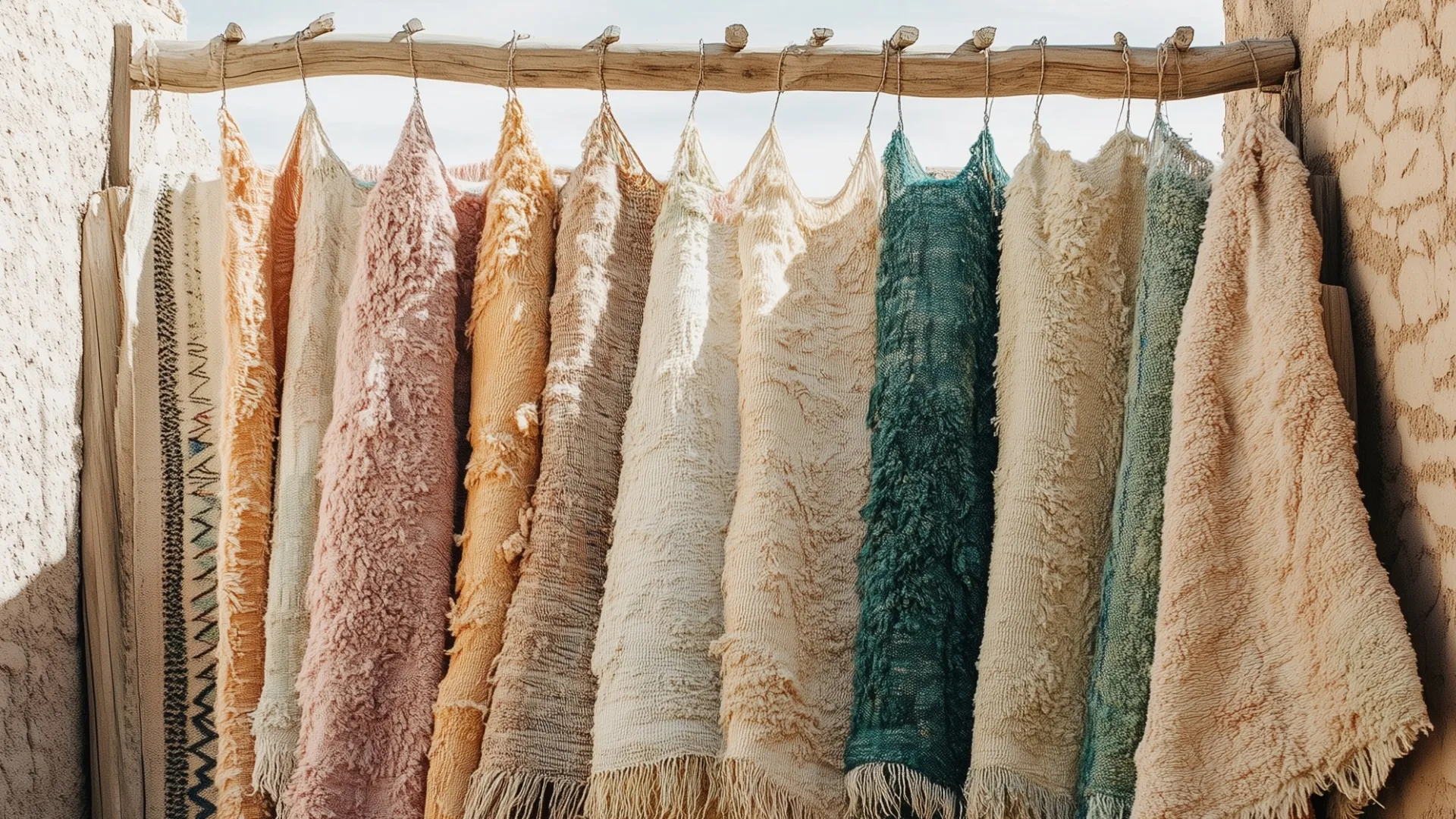Magazine
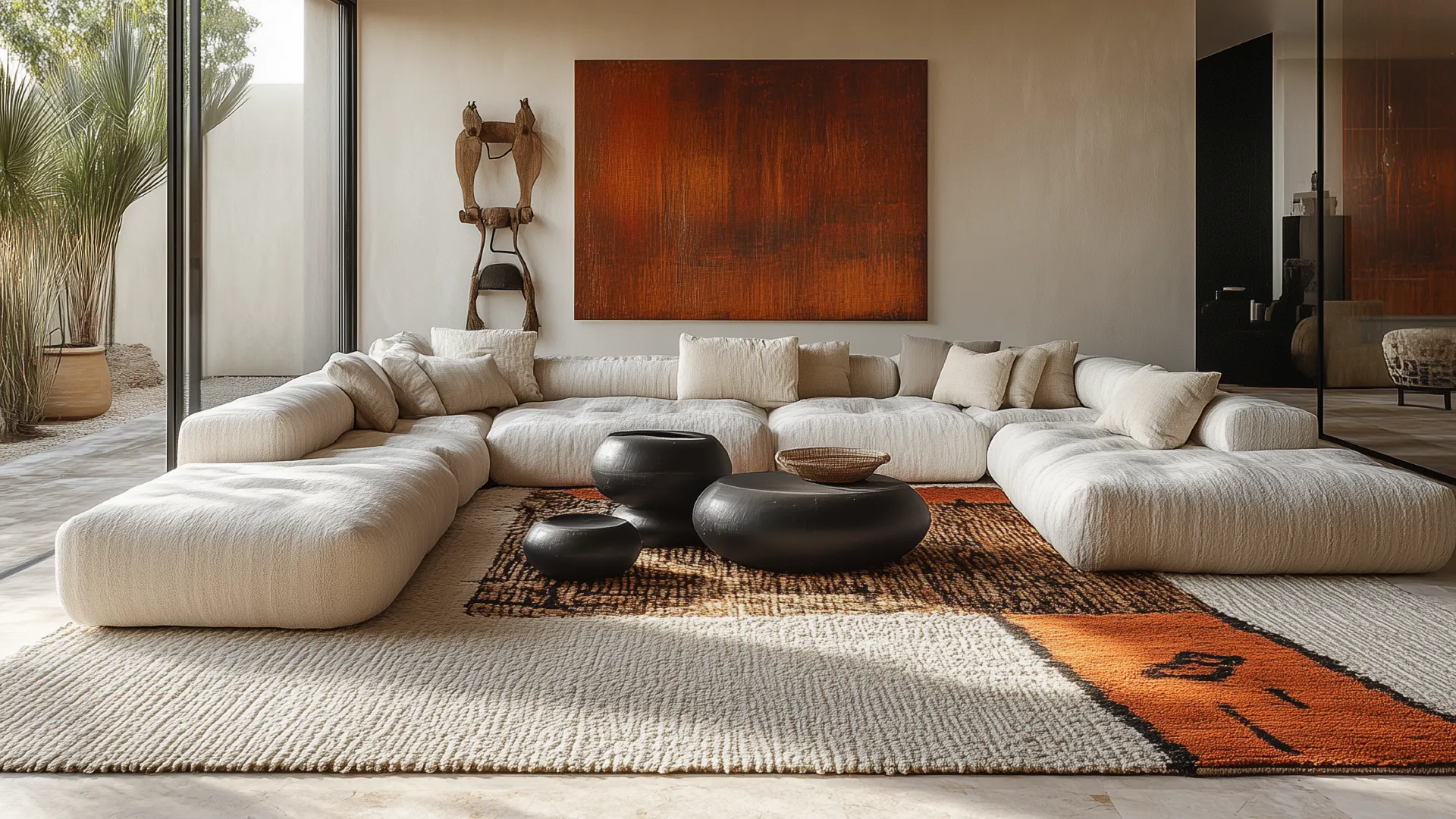
How to Choose the Perfect Handcrafted Rug for Your Home
Last reviewed:
- September 9, 2025
SHARE:
Choosing the right rug for your home can elevate your interior design, adding warmth, texture, and a touch of artistry. With so many options available, selecting a handcrafted rug that complements your style and needs can feel overwhelming. Here’s a guide to help you make the best choice.
Consider Your Space and Style
When choosing a handcrafted rug, start by considering the room where the rug will be placed and the overall decor style of your home.
- Living Room: In a living room, a larger rug can anchor the seating area, bringing cohesion to the space. Moroccan Berber rugs with their geometric patterns work well in both modern and bohemian settings.
- Bedroom: In the bedroom, a softer, plusher rug adds a sense of coziness. Opt for a Persian rug with intricate patterns for a touch of elegance or a high-pile Berber rug for warmth and comfort.
- Weaving or Knotting: The primary technique used to create handcrafted rugs is either weaving or knotting. Weaving involves interlacing yarn to form a flat, patterned surface, while knotting is a more intricate process where individual threads are tied by hand to create a plush, textured pile. In both techniques, the artisan carefully follows a design that has often been planned in advance, creating intricate patterns and motifs.
Choosing the Right Size

One of the most important factors in selecting a rug is getting the size right. A rug that’s too small for the room can make the space feel disjointed, while a rug that’s too large may overwhelm the furniture.
- Living Room: For a cohesive look, choose a rug that’s large enough to fit under the front legs of all your furniture pieces.
- Dining Room: Ensure that your dining room rug extends at least 24 inches beyond the edge of the table, so chairs remain on the rug even when pulled out.
- Bedroom: For a bedroom, choose a rug that extends beyond the bed, providing a soft surface underfoot.
Choosing Colors and Patterns
The colors and patterns of your handcrafted rug will play a major role in setting the tone for the room.
- Neutral Tones: Rugs in neutral colors are versatile and can complement a wide range of decor styles.
- Bold Patterns: If you want your rug to be a focal point, opt for bold patterns like the intricate floral motifs in Persian rugs or the vibrant geometric designs in kilims.
- Cultural Influences: Consider the cultural significance behind the patterns. For instance, Moroccan Berber rugs often feature symbols that carry meanings related to protection, fertility, and the natural world.
Material Matters
The material of the rug affects its texture, durability, and overall appearance. Handcrafted rugs are typically made from materials like wool, cotton, or silk, each offering different benefits.
- Wool: Wool is one of the most popular materials for handcrafted rugs due to its durability and softness. It’s also naturally stain-resistant and easy to clean.
- Cotton: Cotton is often used in flat-woven rugs and is a more affordable option. It’s durable but not as plush as wool or silk.
- Silk: Silk rugs are luxurious and have a fine, soft texture. However, they are more delicate and require careful handling, making them better suited for low-traffic areas.
Ethical and Sustainable Choices
When purchasing a handcrafted rug, consider the ethical implications of your choice. Many handcrafted rugs are made by artisans who rely on fair wages and ethical working conditions.
- Fair Trade: Look for rugs that are certified as fair trade, ensuring that the artisans who made them are paid fairly for their work.
- Sustainable Materials: Choosing rugs made from sustainable materials like wool or cotton can help reduce your environmental impact.

